1,3-丙二醇

1,3-丙二醇结构式

|
常用名 | 1,3-丙二醇 | 英文名 | 1,3-Propanediol |
|---|---|---|---|---|
| CAS号 | 504-63-2 | 分子量 | 76.094 | |
| 密度 | 1.052 | 沸点 | 214.4±0.0 °C at 760 mmHg | |
| 分子式 | C3H8O2 | 熔点 | -32 °C | |
| MSDS | 中文版 美版 | 闪点 | 79.4±0.0 °C |
1,3-丙二醇用途1,3-Propanediol 是由微生物经过甘油发酵产生的。 |
| 中文名 | 1,3-丙二醇 |
|---|---|
| 英文名 | propane-1,3-diol |
| 中文别名 | 1,3-二羟基丙烷 |
| 英文别名 | 更多 |
| 密度 | 1.052 |
|---|---|
| 沸点 | 214.4±0.0 °C at 760 mmHg |
| 熔点 | -32 °C |
| 分子式 | C3H8O2 |
| 分子量 | 76.094 |
| 闪点 | 79.4±0.0 °C |
| 精确质量 | 76.052429 |
| PSA | 40.46000 |
| LogP | -1.04 |
| 外观性状 | 透明油性液体 |
| 蒸汽压 | 0.0±0.9 mmHg at 25°C |
| 折射率 | 1.434 |
| 储存条件 | 密封保存,放置在通风,干燥的环境中。 |
| 稳定性 | 1.长时间煮沸生成双(3-羟基丙基)醚。在金属催化剂存在下气相脱水时,生成丙醛、烯丙醇、丙烯醛等。2.在过氧化氢作用下生成丙醛。用钒酸氧化生成2-羟基丙醛、甲酸等。与羰基化合物形成环状缩醛。与羧酸酯化生成单酯或双酯。 3. 存在于烟气中。 |
| 水溶解性 | 100 g/L |
| 分子结构 | 1、 摩尔折射率:19.01 2、 摩尔体积(cm3/mol):73.0 3、 等张比容(90.2K):184.9 4、 表面张力(dyne/cm):41.0 5、 极化率(10-24cm3):7.53 |
| 计算化学 | 1.疏水参数计算参考值(XlogP):无 2.氢键供体数量:2 3.氢键受体数量:2 4.可旋转化学键数量:2 5.互变异构体数量:无 6.拓扑分子极性表面积40.5 7.重原子数量:5 8.表面电荷:0 9.复杂度:12.4 10.同位素原子数量:0 11.确定原子立构中心数量:0 12.不确定原子立构中心数量:0 13.确定化学键立构中心数量:0 14.不确定化学键立构中心数量:0 15.共价键单元数量:1 |
| 更多 | 1. 性状:无色粘稠液体 2. 密度(g/ cm3,20/20℃):1.053 3. 熔点(ºC):-26.7 4. 沸点(ºC,常压):214.4 5. 折射率(n20ºC):1.44 6. 闪点(ºC):79 7. 运动黏度(m2/s,20ºC):0.466×10-4 8. 蒸气压(kPa,25ºC):0.8 9. 蒸发热(KJ/mol,b.p.):57.9 10. 燃烧热(KJ/mol,20ºC,101.3kPa):1846.8 11. 体膨胀系数(K-1,20~40ºC):0.00061 12. 溶解性:能与水、乙醇、丙酮、氯仿等多种有机溶剂混溶。但不与苯、四氯化碳、石油醚混溶。 13. 相对密度(20℃,4℃):1.053 14. 相对密度(25℃,4℃):1.050 15. 常温折射率(n25):1.4386 16. 临界温度(ºC):448.85 17. 临界压力(MPa):6.3 18. 偏心因子:1.152 19. 溶度参数(J·cm-3)0.5:31.173 20. van der Waals面积(cm2·mol-1):6.970×109 21. van der Waals体积(cm3·mol-1):46.760 22. 气相标准燃烧热(焓)(kJ·mol-1):-1931.8 23. 气相标准声称热(焓)( kJ·mol-1) :-392.1 24. 液相标准燃烧热(焓)(kJ·mol-1):-1859.0 25. 液相标准声称热(焓)( kJ·mol-1):-464.9 26. 液相标准热熔(J·mol-1·K-1):243.4 |
|
||||||||||||||||||||||||||||||||||||||||||||||||||||||||||||||||||||||||||||||||||||||||||||||||||||||||||||||||||||||||||||||||||||||||||||||||||||||||||||||||||||||||||||||||||||||||||||||||||||||||||||||||||||||||||||||||||||||||||||||||||||||||||
|
1,3-丙二醇毒理学数据: 1、 急性毒性:大鼠经口LD50:10mg/kg,行为-嗜睡(普通抑郁活动); 大鼠经肌内LD50:6mg/kg,行为-嗜睡(普通抑郁活动); 小鼠经腹腔LD50:4780mg/kg,除致死剂量外无详细说明; 小鼠经未知途径LD50:10930mg/kg,除致死剂量外无详细说明; 猫经口LD50:3mg/kg,行为-嗜睡(普通抑郁活动); 兔子经静脉LDLo:3mg/kg,除致死剂量外无详细说明; 2、致突变数据:DNA损伤OralTEST系统:啮齿动物-鼠:2100 mg/kg/10W (Continuous) 1,3-丙二醇生态学数据: 该物质对环境可能有危害,对水体应给予特别注意。 |
| 个人防护装备 | Eyeshields;Gloves |
|---|---|
| 危害码 (欧洲) | Xi |
| 风险声明 (欧洲) | 38 |
| 安全声明 (欧洲) | S23-S24/25 |
| 危险品运输编码 | NONH for all modes of transport |
| WGK德国 | 1 |
| RTECS号 | TY2010000 |
| 海关编码 | 29053980 |
| 1,3-丙二醇上游产品 9 | |
|---|---|
| 1,3-丙二醇下游产品 10 | |
精制方法用活性炭处理后分馏或与甲基环己烷共沸蒸馏可以除去甘油。若要除去1,2-丙二醇可在减压下分馏或用活性氧化铝处理。其他的精制方法尚有用碳酸钾干燥后减压蒸馏。欲得高纯度产品可用苯甲醛与1,3-丙二醇反应生成2-苯基-1,3-二烷(m.p. 47~19℃),分离后用0.5mol/L HCl(3mL/g)与2-苯基-1,3-二烷一起强烈振摇15分钟。在室温放置过夜使其分解,用碳酸钾中和后,蒸馏除去苯甲醛。残留的水溶液用氯仿连续萃取一天,萃取液用碳酸钾干燥,蒸去氯仿后即可蒸出1,3-丙二醇。
| 海关编码 | 2905399001 |
|---|---|
| 中文概述 | 2905399001 1,3-丙二醇。监管条件:AB(入境货物通关单,出境货物通关单)。增值税率:17.0%。退税率:9.0%。最低关税:5.5%。普通关税:30.0% |
| Summary | 2905399001 propane-1,3-diol。supervision conditions:AB(certificate of inspection for goods inward,certificate of inspection for goods outward)。VAT:17.0%。tax rebate rate:9.0%。MFN tarrif:5.5%。general tariff:30.0% |
|
Activation of Tomato Bushy Stunt Virus RNA-Dependent RNA Polymerase by Cellular Heat Shock Protein 70 Is Enhanced by Phospholipids In Vitro.
J. Virol. 89(10) , 5714-23, (2015) Similar to other positive-strand RNA viruses, tombusviruses are replicated by the membrane-bound viral replicase complex (VRC). The VRC consists of the p92 virus-coded RNA-dependent RNA polymerase (Rd... |
|
|
Anomalously large isotope effect in the glass transition of water.
Proc. Natl. Acad. Sci. U. S. A. 111(49) , 17402-7, (2014) We present the discovery of an unusually large isotope effect in the structural relaxation and the glass transition temperature Tg of water. Dielectric relaxation spectroscopy of low-density as well a... |
|
|
Effect of 1,3-propanediol, organic acids, and ethanol on growth and metabolism of Clostridium butyricum DSP1.
Appl. Microbiol. Biotechnol. 99(7) , 3179-89, (2015) Knowledge of tolerance of bacteria to toxic stress is important, especially for processes targeted at high final titers of product. Information on environmental limits and stress responses may help du... |
| 1,3-Dihydroxypropane |
| Propan-1,3-diol |
| MFCD00002949 |
| 1,3-Propane diol |
| propylene glycol |
| I,3-Propandiol |
| Trimethylene glycol |
| 2-Deoxyglycerol |
| 1,3-Propylene glycol |
| 1,3-Propandeiol |
| 1,3-Propylenediol |
| 1,3-PROPANDIOL |
| Propane-1,3-diol |
| 1,3-Dihydroxypropane,Bio-PDO,PG |
| EINECS 207-997-3 |
| PDO |
| 1,3-Propanediol |
| 1,3-prpanediol |

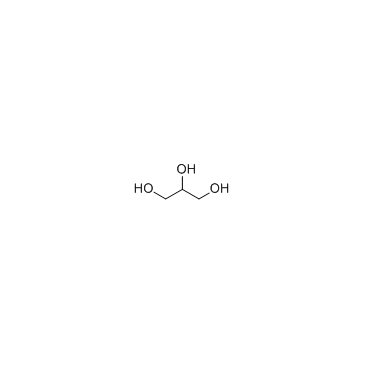 CAS号56-81-5
CAS号56-81-5 CAS号503-66-2
CAS号503-66-2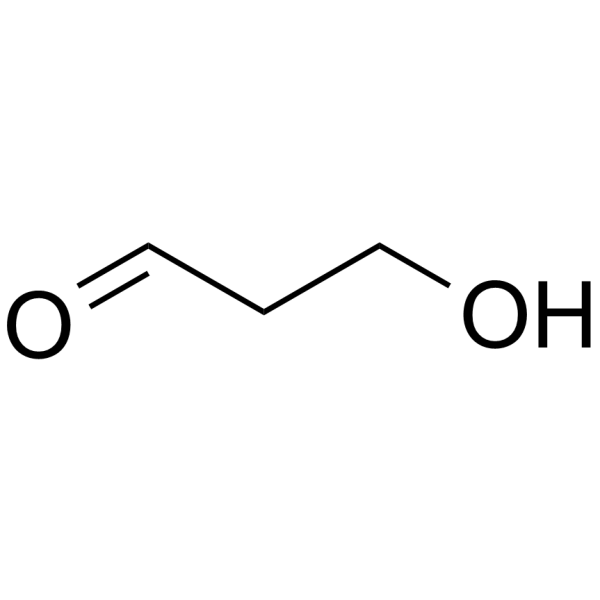 CAS号2134-29-4
CAS号2134-29-4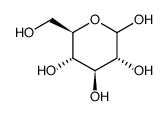 CAS号492-62-6
CAS号492-62-6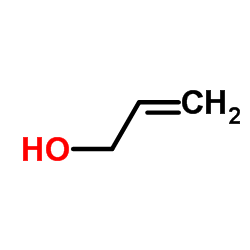 CAS号107-18-6
CAS号107-18-6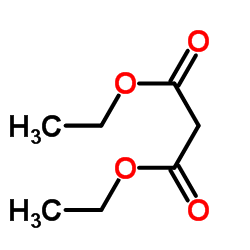 CAS号105-53-3
CAS号105-53-3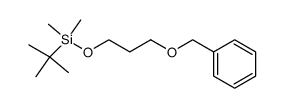 CAS号203738-77-6
CAS号203738-77-6 CAS号75-21-8
CAS号75-21-8 CAS号201230-82-2
CAS号201230-82-2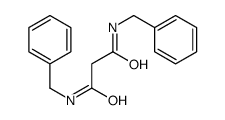 CAS号10255-99-9
CAS号10255-99-9 CAS号10359-12-3
CAS号10359-12-3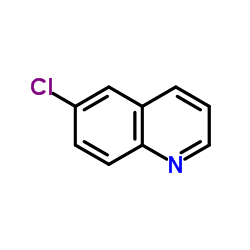 CAS号612-57-7
CAS号612-57-7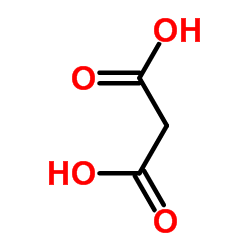 CAS号141-82-2
CAS号141-82-2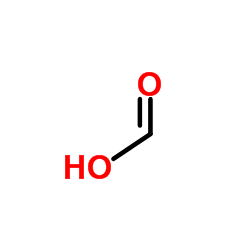 CAS号64-18-6
CAS号64-18-6 CAS号124-38-9
CAS号124-38-9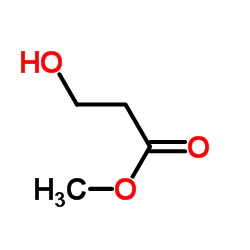 CAS号6149-41-3
CAS号6149-41-3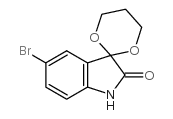 CAS号332073-48-0
CAS号332073-48-0
